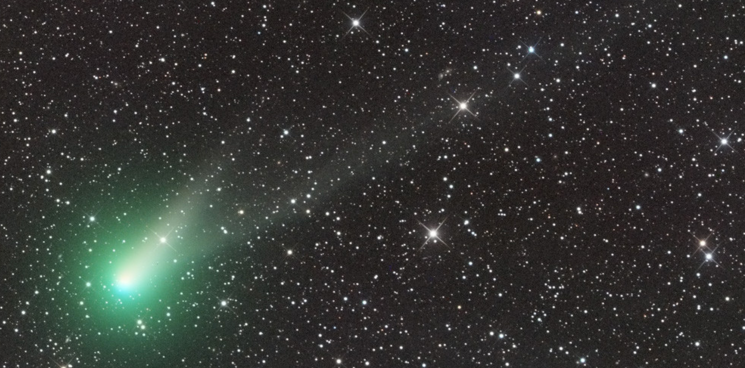
Comet Catalina, also known as C/2013 US10, is set to make an appearance in our inner Solar System this January. Known as one of the most beautiful comets ever discovered by astronomers, it will be at its closest approach on Sunday, January 17, 2016 in the Northern Hemisphere. Unfortunately, if you live in the Southern Hemisphere, Catalina will not be in your view.
Catalina will be passing near the Big Dipper, so bring some binoculars or a telescope with you! The comet will be fairly bright and may be visible to the naked eye. On the night of January 17th she will be at the closest point of 110,000,000 kilometers then moving further and further away from earth. This will be the only time Comet Catalina will ever pass through the inner Solar System.
Catalina is coming out of the Oort cloud, which is located very far outside of the orbit of Neptune. The comet has some very special features as well. She has two tails pointing in different directions: one made of gas and the other made of dust. As comets approach the Sun, ultraviolet light ionizes the gas, giving them an electric charge. This makes them extremely sensitive to solar wind. On the other hand, as gas sublimates, it releases dust – not affected by solar wind, and tends to fall behind the comet.
Reference:
Kennell, Joanne. “Don’t Miss Your Once in a Lifetime Chance to See Comet Catalina.” The Science
Explorer
